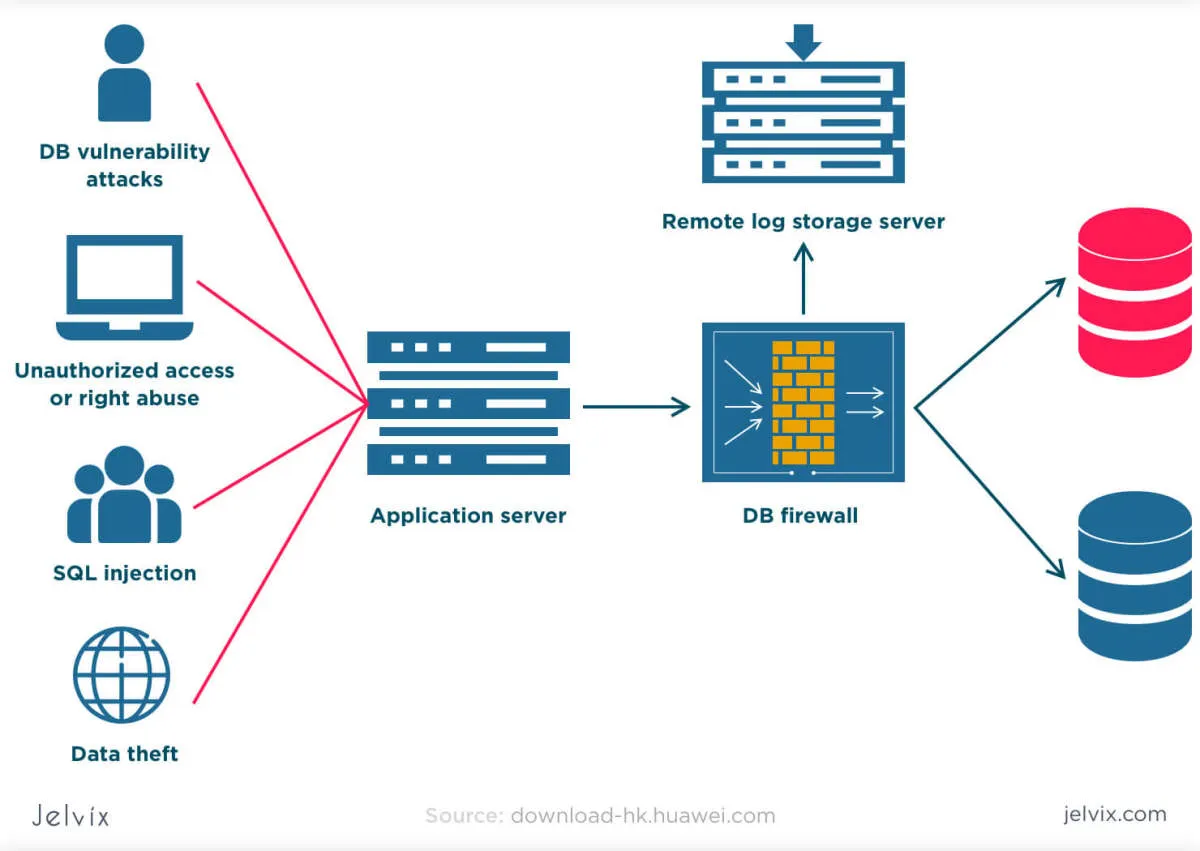Technology plays a pivotal role in modern business management, revolutionizing the way companies operate and navigate the competitive landscape. From automation to data analytics, businesses rely on technology to streamline processes and make informed decisions for sustainable growth.
Impact of Technology on Business

Technology has fundamentally reshaped the business landscape, driving unprecedented efficiency, productivity, and innovation. Its impact reverberates across all aspects of operations, from production and marketing to communication and customer service.
One of the most significant impacts is the automation of tasks. Repetitive, manual processes can now be handled by software and machines, freeing up human employees for more strategic and creative work. This increases efficiency, reduces errors, and lowers operational costs in the long run.
Furthermore, technology has revolutionized communication and collaboration. Businesses can now connect with customers and partners across the globe instantly through email, video conferencing, and instant messaging platforms. This fosters global reach, facilitates collaboration on projects, and enables businesses to respond to customer needs with greater agility.
Data analytics is another area where technology is making a profound impact. Businesses can now collect vast amounts of data on customer behavior, market trends, and internal operations. This data, when analyzed effectively, provides valuable insights that can inform strategic decision-making, improve customer experiences, and optimize business processes.
E-commerce platforms have also emerged as a transformative force, providing businesses with new avenues to reach customers directly. This has lowered the barriers to entry for startups and small businesses, fostered global competition, and provided consumers with unparalleled access to goods and services.
Using Technology for Efficiency

In today’s fast-paced business environment, efficiency is not just a goal; it’s a necessity for survival. Technology has emerged as a powerful tool for businesses to streamline their operations, optimize resource allocation, and ultimately, enhance their overall efficiency.
One of the key ways technology is driving efficiency is through automation. Repetitive and time-consuming tasks that once required significant manual effort can now be automated through software and digital systems. This frees up employees to focus on more strategic and value-added activities, leading to increased productivity and faster turnaround times.
Another significant aspect of technology’s role in enhancing efficiency is improved communication and collaboration. Email, instant messaging platforms, project management software, and video conferencing tools facilitate seamless communication within teams and across different departments, regardless of physical location. This real-time information sharing and collaboration reduce delays, minimize miscommunications, and enable faster decision-making.
Moreover, technology enables businesses to optimize their operations through data analysis. By leveraging data analytics tools, businesses can gather valuable insights from their operational data, identify patterns, and make data-driven decisions. This data-driven approach helps optimize processes, improve resource allocation, and minimize waste, ultimately leading to greater efficiency.
Adopting Business Management Software

Integrating business management software is no longer optional for companies seeking to thrive in today’s competitive landscape. It’s a crucial step towards achieving operational efficiency, improving decision-making, and boosting overall productivity. The process of adopting the right software solution involves careful planning, thorough research, and a clear understanding of your business needs.
Identifying Your Needs: Begin by identifying the specific areas where your business requires improvement. Is it inventory management, customer relationship management, or financial tracking? Defining your pain points helps narrow down the vast array of software options available.
Research and Evaluation: Once you have a clear picture of your needs, research different business management software solutions. Compare features, pricing models, ease of use, and integration capabilities with your existing systems. Consider factors like scalability and vendor support to ensure the software grows alongside your business.
Implementation and Training: Successfully implementing new software requires a structured approach. This includes data migration, system configuration, and comprehensive training for your employees. Adequate training ensures a smooth transition and empowers your team to leverage the software’s full potential.
Data Security and Privacy: When adopting business management software, prioritizing data security and customer privacy is paramount. Ensure the chosen solution complies with industry standards and regulations for data encryption, access control, and regular security updates.
Enhancing Communication with Technology

Technology has revolutionized the way businesses communicate, both internally and externally. Modern communication tools have significantly enhanced efficiency, speed, and clarity in business interactions.
Internal communication has been transformed by tools like instant messaging platforms, project management software, and video conferencing applications. These tools enable real-time collaboration, facilitate seamless information sharing, and bridge geographical barriers within organizations.
External communication with clients, partners, and the public is equally impacted. Customer relationship management (CRM) systems help manage and streamline communications, while email marketing platforms allow businesses to reach a wider audience with targeted messaging. Social media platforms have also become essential for engaging with customers and building brand awareness.
Moreover, technologies like cloud-based platforms and mobile devices ensure that communication channels are accessible from anywhere, at any time. This accessibility fosters flexibility and agility in responding to business demands and opportunities.
Data Management and Security

In the digital age, data has become the lifeblood of businesses, fueling informed decision-making, driving innovation, and enabling personalized customer experiences. However, this reliance on data also brings forth significant challenges in terms of management and security.
Effective data management is crucial for organizations to harness the full potential of their data. This involves establishing robust systems for:
- Data Collection: Gathering relevant and accurate data from various sources.
- Data Storage: Utilizing secure and scalable storage solutions to house vast amounts of data.
- Data Organization: Implementing efficient databases and structures to ensure data accessibility and integrity.
- Data Analysis: Leveraging analytical tools and techniques to extract meaningful insights from data.
- Data Visualization: Presenting data in a clear and comprehensible manner to facilitate understanding and communication.
Data security is paramount in today’s interconnected world, where cyber threats are becoming increasingly sophisticated. Businesses must prioritize:
- Data Encryption: Encoding sensitive information to prevent unauthorized access.
- Access Control: Implementing strict authentication measures to restrict data access to authorized personnel only.
- Network Security: Utilizing firewalls, intrusion detection systems, and other security measures to safeguard data from external threats.
- Data Backup and Recovery: Establishing procedures for regular data backups and disaster recovery to mitigate data loss in case of unforeseen events.
- Compliance and Regulations: Adhering to industry-specific regulations, such as GDPR or HIPAA, to ensure the responsible and ethical handling of customer data.
Future Trends in Business Technology

The rapid evolution of technology continues to reshape the business landscape, and staying ahead of the curve is crucial for success. Here are some key future trends in business technology that will likely shape the future of business management:
1. Artificial Intelligence (AI) and Machine Learning (ML)
AI and ML are no longer futuristic concepts; they are rapidly becoming integral parts of business operations. From automating tasks and analyzing data to improving customer service and driving product development, AI and ML offer businesses unparalleled efficiency and insights.
2. Hyperautomation
Building on the capabilities of AI and ML, hyperautomation takes automation to the next level. It involves automating as many business processes as possible, end-to-end, across various departments and functions. This can lead to significant cost savings, increased productivity, and reduced errors.
3. Cybersecurity Mesh
As businesses become increasingly reliant on digital technologies, cybersecurity threats are becoming more sophisticated. Cybersecurity mesh is a distributed approach to security that offers more flexible and resilient protection for businesses with complex and distributed networks.
4. Datafication and Analytics
Data is the lifeblood of modern businesses, and the ability to collect, analyze, and interpret data is essential for making informed decisions. Future trends point toward even more sophisticated data analytics tools that can unlock deeper insights and drive better business outcomes.
5. Cloud Computing
Cloud computing has revolutionized how businesses operate, offering scalability, flexibility, and cost-effectiveness. This trend will continue to evolve with the emergence of edge computing, which brings computation and data storage closer to the source of data, further enhancing speed and efficiency.
6. Extended Reality (XR)
XR, encompassing virtual reality (VR), augmented reality (AR), and mixed reality (MR), has the potential to transform various business operations. From immersive training simulations to enhanced customer experiences and remote collaboration tools, XR is poised to play a significant role in the future of business.
Conclusion
Technology plays a crucial role in modern business management by increasing efficiency, facilitating communication, and providing valuable data for informed decision-making.

